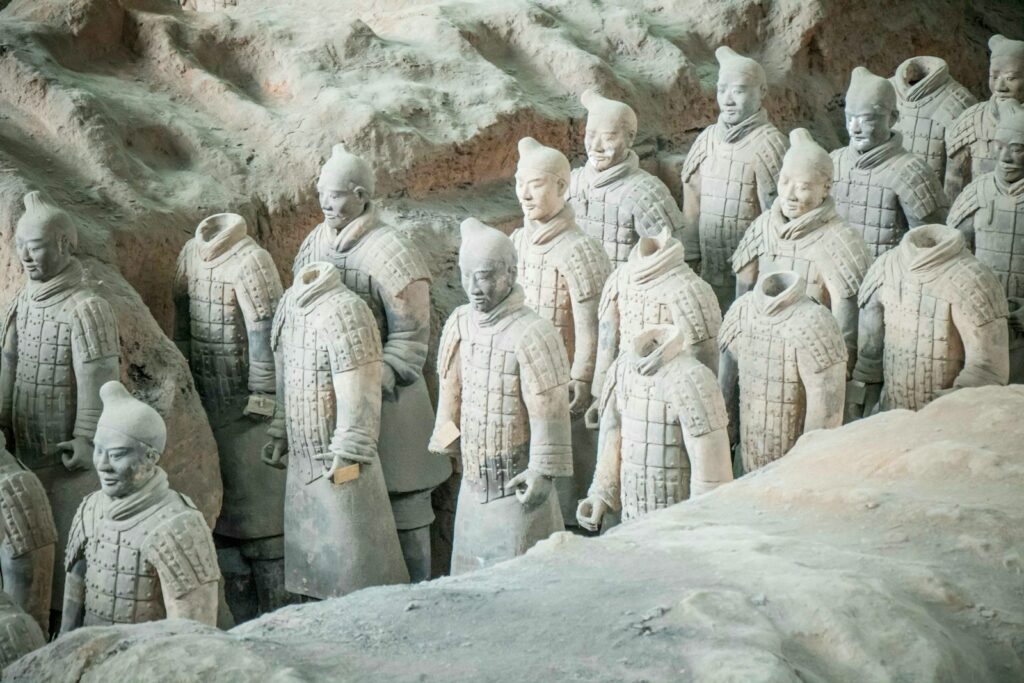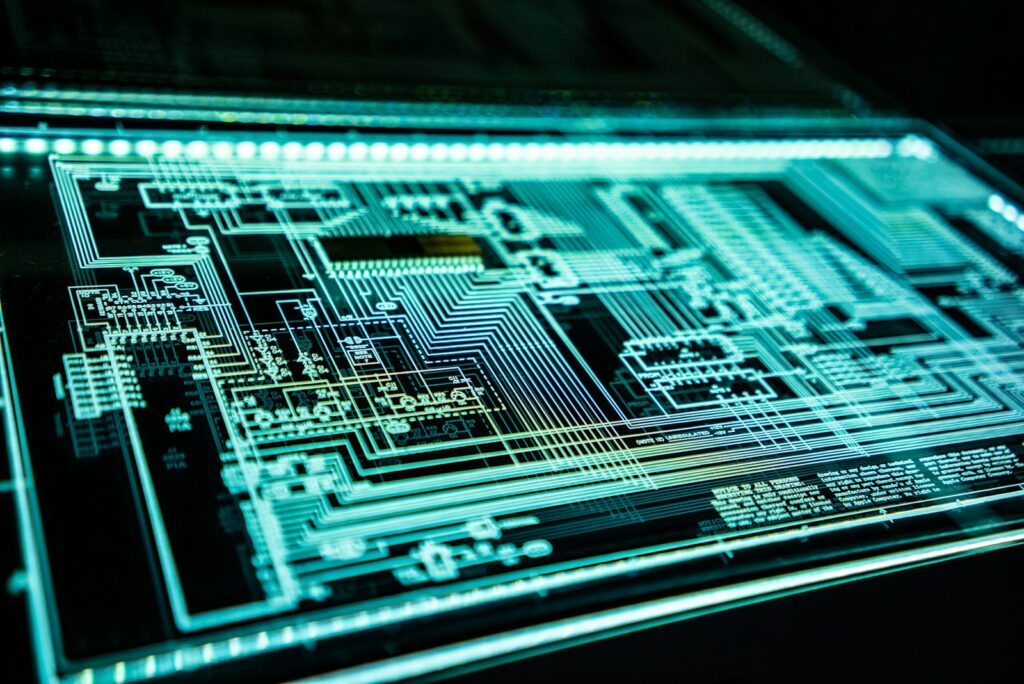The dawn of the 21st century has ushered in an era of technological innovation that has transformed traditional industries and given rise to entirely new forms of competition and exploration. Among these advancements, two fields stand out for their potential to revolutionize transportation and entertainment: autonomous ships, often referred to as robot ships, and AI-driven car racing. These developments not only push the boundaries of what’s possible with current technology but also pose significant questions about the future of human skill, artificial intelligence (AI), and the intersection of the two.
Robot Ships: Navigating the Future of Maritime Exploration
Robot ships represent the cutting edge of maritime technology, combining advanced navigation systems, AI, and robotics to operate autonomously over vast oceanic distances. These vessels, devoid of human crews, can conduct a range of missions from scientific research and environmental monitoring to commercial shipping and defense operations. The appeal of autonomous ships lies in their potential to reduce operational costs, increase safety by eliminating human error, and perform tasks in environments too hazardous for human crews.
One of the pioneering projects in this field is the Mayflower Autonomous Ship (MAS), which attempted to cross the Atlantic Ocean without human intervention, relying solely on AI and solar power. Projects like MAS are equipped with sophisticated sensors and navigation systems that can process vast amounts of data in real-time, from oceanic currents and weather patterns to obstacle detection. This capability allows them to make decisions and adjust their course with a level of precision and foresight that rivals, and in some cases surpasses, human capabilities.
However, the development of autonomous ships also presents significant challenges, including regulatory hurdles, cybersecurity threats, and ethical considerations regarding accountability in case of accidents. Despite these challenges, the push towards fully autonomous vessels continues, promising a future where the seas are navigated not by human hands, but by the algorithms of AI.
AI Car Racing
Parallel to the advancements in maritime technology, AI car racing has emerged as a thrilling arena where technology and speed intersect to redefine motorsport. AI-driven race cars, such as those developed for the Roborace series, embody the pinnacle of autonomous vehicle technology. These cars are designed to compete at high speeds, relying entirely on AI for navigation, strategy, and execution, without any human intervention inside the vehicle.
AI car racing serves as a high-stakes testing ground for autonomous driving technologies, pushing the limits of machine learning, sensor fusion, and algorithmic decision-making. The cars are equipped with an array of sensors, including LIDAR, radar, and cameras, feeding data to AI systems capable of making split-second decisions with remarkable precision. This not only showcases the potential of autonomous vehicles in a controlled environment but also contributes valuable insights towards the development of self-driving cars for public roads.
LIDAR, which stands for Light Detection and Ranging, is a remote sensing technology that uses light in the form of a pulsed laser to measure variable distances to the Earth. This technology generates precise, three-dimensional information about the shape of the Earth and its surface characteristics. LIDAR has become a foundational technology in various fields, including autonomous vehicles, where it is crucial for navigation and obstacle detection. By emitting thousands of laser pulses per second and measuring how long it takes for each pulse to return, LIDAR systems can create detailed 3D maps of the environment around them. These maps are essential for the accurate positioning and decision-making required in self-driving cars. Additionally, LIDAR is used in geography, archeology, and forestry for mapping and landscape analysis, demonstrating its versatility and importance across multiple disciplines.
The allure of AI car racing extends beyond the technology itself, challenging the very notion of skill and competition. By removing the human driver from the equation, the focus shifts from physical prowess to the sophistication of algorithms and the ability of AI to adapt to dynamic racing conditions. This raises intriguing questions about the future of sports and entertainment, where human and artificial competitors may vie for supremacy in increasingly complex and challenging environments.
The Convergence of Human Ingenuity and AI
Both robot ships and AI car racing highlight the incredible potential of combining human ingenuity with artificial intelligence. These fields are not just about replacing human effort but enhancing it, opening new avenues for exploration, innovation, and competition. As these technologies evolve, they pave the way for a future where AI partners with human creativity to tackle challenges that were once considered insurmountable.
The development of autonomous ships and AI-driven racing cars also reflects a broader trend towards the integration of AI into all facets of life. From autonomous vehicles navigating our roads to AI systems managing logistics and supply chains, the impact of these technologies will be profound and far-reaching. As we stand on the brink of this new era, the lessons learned from robot ships and AI car racing will undoubtedly influence the trajectory of autonomous technology, steering it towards a future where human and machine collaboration unlocks new horizons of possibility.
Drones, formally known as Unmanned Aerial Vehicles (UAVs), have evolved from niche hobbyist gadgets to versatile tools with wide-ranging applications across various sectors. Initially developed for military purposes, their use has expanded into areas such as commercial delivery, environmental monitoring, agriculture, and emergency response, reflecting their growing significance in modern society.
One of the most promising applications of drones is in the field of delivery services. Companies like Amazon and UPS have been experimenting with drone delivery systems to expedite shipping times and reduce costs. This has the potential to revolutionize e-commerce by enabling same-day delivery for a wider range of products, even in remote or hard-to-reach areas. Moreover, during the COVID-19 pandemic, drones were utilized to deliver medical supplies and personal protective equipment to hospitals and isolated communities, demonstrating their utility in critical supply chain operations.
In agriculture, drones are transforming traditional farming practices through precision agriculture. Equipped with high-resolution cameras and sensors, drones can collect data on crop health, soil quality, and moisture levels, allowing farmers to optimize their resources and improve yields. This targeted approach to agriculture supports sustainable farming practices by reducing the need for water, fertilizers, and pesticides.
Drones also play a crucial role in environmental conservation and disaster management. They are used for mapping deforestation, monitoring wildlife populations, and assessing the impact of natural disasters. In the aftermath of earthquakes, floods, and fires, drones provide emergency responders with real-time information, helping to assess damage, locate survivors, and distribute aid more effectively.
Despite their benefits, the widespread use of drones raises concerns over privacy, security, and safety. Regulatory frameworks are evolving to address these issues, ensuring that drones are integrated into national airspace systems in a manner that protects public welfare while fostering innovation.
Drones exemplify the potential of technology to address complex challenges across various domains. As they become more sophisticated and integrated into our daily lives, drones will continue to open up new possibilities for improving efficiency, safety, and sustainability, marking a significant shift in how we interact with the world around us.
In conclusion, drones, the exploration of the oceans with robot ships and the thrill of AI car racing represent more than just technological advancements; they are harbingers of a new age where the boundaries between the digital and physical worlds blur. As these technologies continue to evolve, they challenge our perceptions of autonomy, skill, and the role of artificial intelligence in reshaping our world. The journey towards this future is as exciting as it is uncertain, promising a landscape where innovation, competition, and collaboration between humans and AI redefine the very fabric of society.




